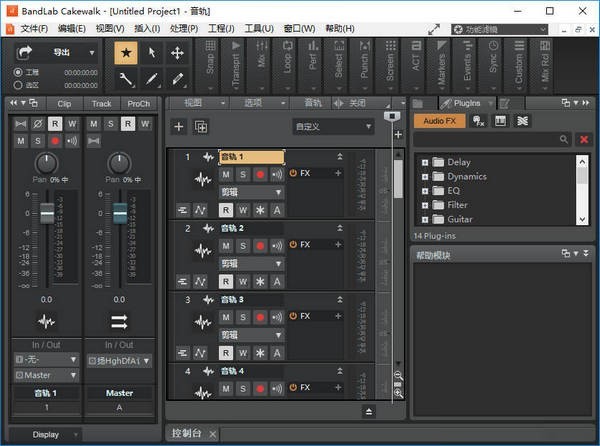


Otherwise, Melodyne renders the muted clips as silence. All takes must be active before applying melodyne.Not sure how melodyne is applied in Cubase to composite tracks, so here is a way to use inside Cakewalk: I did some additional tests, and found out a way to work it out, with some limitations. I never questioned it as a lack of a feature at the time, more like how one has to loop your shoestring and pull it through a hoop before you can get a nice bow at the end! Maybe this needs a some Stanton from what I've gathered through my little journey through ARA integration is that certain features are tier specific within the Melodyne application.Įssentials doesn't allow for polyphonic editing, one must upgrade to the Studio or Editor tier in order to have the functionality of editing stacks or layers or comps.īut I have always defaulted to flatten my comps first anyways as a method I adopted after running into Melodyne not accepting a track that is made up of several clips in multiple clip lanes. which negates a bunch of the features like sliding sections and adjusting node timing, adjustment of pitch across takes in the same selection, etc. So for now, basically you need to get all your edits done before using Melodyne. maybe the ARA functions on the take lanes are not communicating on the take boundary/edits? we know the takes are already embedded in a single WAV file, so maybe the take edits need ARA to sync their locations data with Melodyne? flattening would seem to reduce or eliminate the ability to flexibly adjust things without un-flatten/re-flatten. In the video though, Melodyne is using ARA to somehow in sync with the takes and didn't seem to need to flatten them. Here are two other posts I found that may be relevant: Kind of confusing, but I think I'm starting to understand. just in case you might need the original. Some posters have suggested making a copy of the original takes prior to using Melodyne. I note that the original data for each clip take will still be immediately replaced by the Melodyne version. In my example above, that would be 7 separate Create Region FX (1 for each of the 7 clips sections). Thanks to this article I found by Craig Anderton: Comping with Melodyne and Other Region FX Clips (see page 5).īasically, I need to do a separate Create Region FX for each clip area. (Can you tell I'm confused by comping with melodyne? 🤥 ) And I share the concerns expressed below by Stanton

So, I'm going back to my original post above. UPDATE: I think my analysis below, is not correct.


 0 kommentar(er)
0 kommentar(er)
